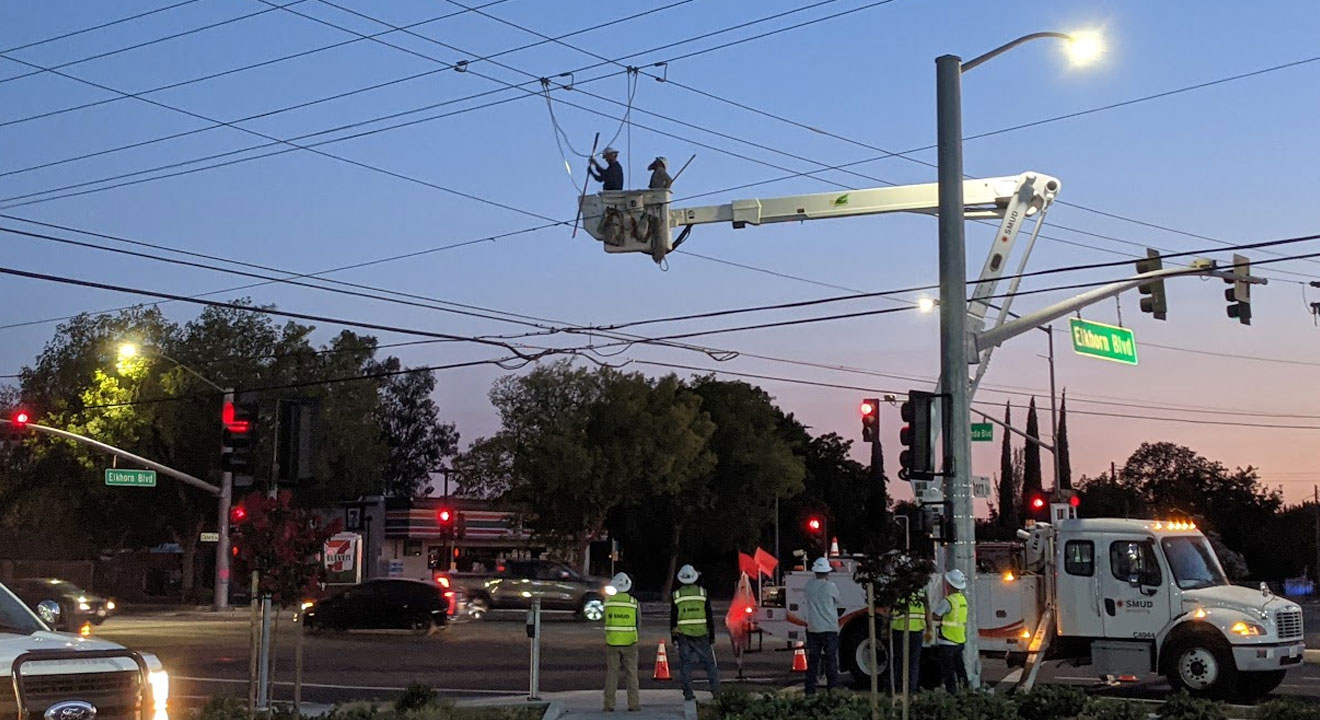We’ve seen it all before. Dog barking all night, loud mariachi music until 2am, the booming bass from the jackass two doors down.
When it’s your neighbor causing the noise, no matter what kind of noise it is, there -is- a time and a method to take action.
Sacramento County has adopted laws that make it unlawful for any person to make “excessive, unnecessary, or offensive” noise that disturbs any person of “normal sensitiveness” in the area.
Hot Tip: Visit the Sacramento County Noise Control Program page at https://emd.saccounty.gov/EH/Pages/Noise.aspx
First things first, talk to your neighbor. If you’re renting and are unsure how to contact them directly, try reaching out to your landlord or property manager.
If that doesn’t work, then, call 3-1-1.
You can also contact the Sacramento Sheriff’s Department non-emergency dispatcher line at 874-5115.
The following agencies respond to noise complaints in unincorporated Sacramento County:
- Environmental Management Department
- Sheriff’s Department
- Department of Animal Care and Regulation
The following standards are considered when determining whether your neighbor is in violation of county code:
- Whether the noise is continuous, recurrent, or intermittent
- The duration of the noise and its tonal informational or musical content
- The time of day or night the noise occurs. The sound level of the objectionable noise
- The sound level of the ambient noise
(For more standards, visit the general noise regulations section of Sacramento County’s code page.)
After a complaint is investigated, a notice is addressed to your neighbor (or whoever is responsible for the noise). And while this usually resolves the issue, according to the county, if the noise continues, another complaint should be filed.
According to the county code, this could eventually result in an infraction, if your neighbor is found to be in violation. City laws are similar but do vary. So beware.
The City of Sacramento has its own system for noise complaints, but a violation of the city code can result in a misdemeanor.
In both cases, this is an option after multiple attempts to mitigate the issue are unsuccessful. If the problem persists and you’ve kept detailed notes of the issue, you might be able to seek legal action for damages. The county suggests you contact the property owner with a written notice (leave a paper trail!), asking for help so it doesn’t happen again.
Keep track of:
- Keep a chronological diary
- Write down the address
- Describe the incident
- Ask other neighbors to do the same
WHAT about that damn BARKING DOG?
According to Sacramento County’s Animal Care and Regulation, which handles barking dog complaints, each case is handled differently depending on the situation.
Report a barking dog online or call 3-1-1. The department will reply within three to five business days and review each complaint to begin an investigation.
You can also contact the Sacramento Mediation Center for private conflict resolution services. If possible and if you feel comfortable, speak to the owner about the noise. If other neighbors share your concerns, try talking to the owner as a group or send a letter outlining the neighborhood’s concerns.
Be sure to keep a written log documenting the times and duration of the barking because it will help if you take civil action against your neighbor.
Sacramento County’s Environmental Management Department is responsible for investigating complaints of ongoing and aggravated noise with sound level meters, according to Sacramento County’s Noise Program page.
Generally, in residential zones of unincorporated Sacramento County, noise levels should not exceed 55 decibels from 7 a.m. to 10 p.m. and 50 decibels from 10 p.m. to 7 a.m, according to the Sacramento County Noise Control Program.
To measure your neighbor’s noise level, the device would be set up at least one foot inside your property.
When feasible, the microphone will then be set up 3 to 5 feet above ground level and at least 4 feet from walls or similar surfaces. In the case of interior noise, the measurement will be taken at least 4 feet from the wall, ceiling or floor nearest to the affected area, according to the sound level measurement section of the county noise control code.














